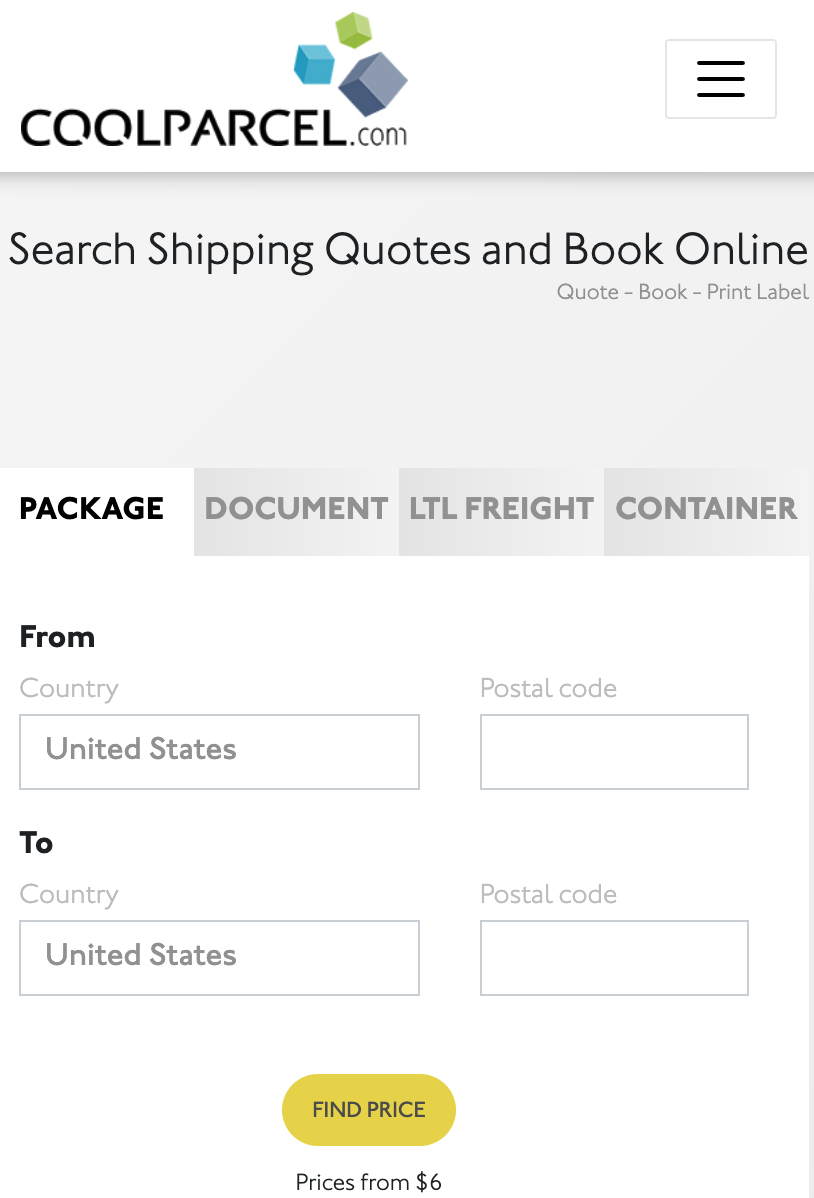Here are the steps to ship internationally with FedEx:
1. Gather all necessary information: You will need the recipient’s address, contact information, and the contents of the package.
2. Choose the right service: FedEx offers a variety of international shipping services, so make sure to select the one that best fits your needs in terms of speed and cost.
3. Package your items securely: Use appropriate packaging materials to ensure that your items are protected during transit.
4. Complete the shipping documentation: You will need to fill out a commercial invoice and any other required paperwork for international shipping.
5. Schedule a pickup or drop off your package at a FedEx location: You can either schedule a pickup or drop off your package at a nearby FedEx location.
6. Track your shipment: Once your package is on its way, you can track its progress using the tracking number provided by FedEx.
7. Be aware of customs regulations: Make sure to familiarize yourself with the customs regulations of the destination country to avoid any delays or issues with your shipment.
By following these steps, you can ensure a smooth and successful international shipping experience with FedEx.
1. How do I prepare my international shipment for FedEx?
To prepare your international shipment for FedEx, you will need to properly package your items, complete the necessary customs documentation, and ensure that your shipment complies with any international shipping regulations.
2. What are the delivery times for international shipments with FedEx?
Delivery times for international shipments with FedEx can vary depending on the destination and the service level selected. FedEx offers a range of international shipping options, including express, economy, and freight services, each with its own delivery timeframes.
3. What are the customs requirements for international shipments with FedEx?
When shipping internationally with FedEx, you will need to provide accurate and detailed customs documentation for your shipment. This may include a commercial invoice, a certificate of origin, and any other relevant customs forms. It is important to ensure that your shipment complies with the customs requirements of the destination country to avoid any delays or issues with delivery.

